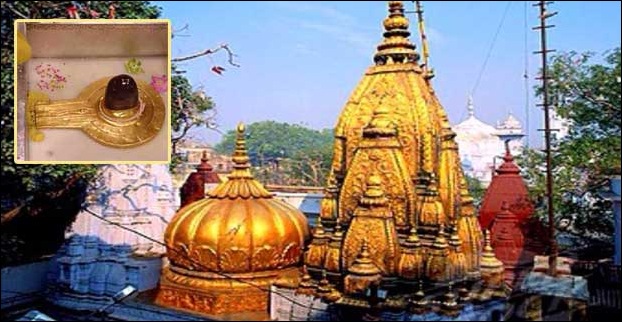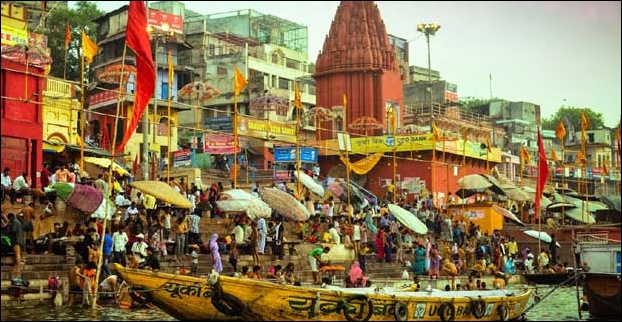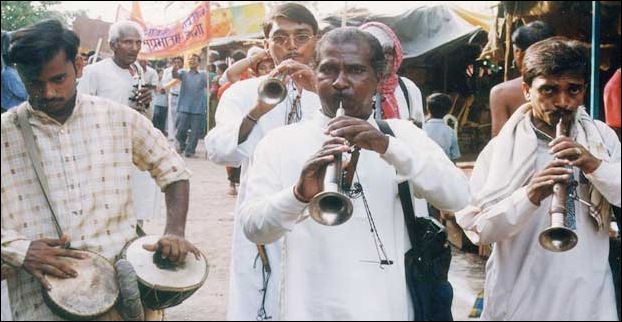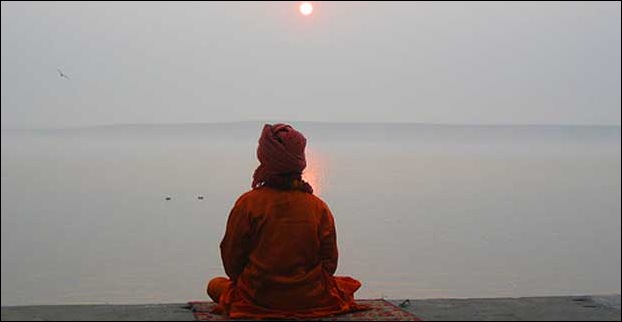
There are plentiful of adjectives one can associate with Banaras or Varanasi. The holiest city in the world for Hindus, the oldest living city around the globe, one of the most visited pilgrimage sites in the country, a hotbed for culture and craft, a destination for spiritualism- Banaras is soaked in myths, hymns, mythology and awakening. Just touching the ground of Banaras and taking a dip into the Ganges River are enough for many devotees, who flock to Banaras every year, with the common belief of washing away their sins with the flow of the river.
But apart from being the melting pot of spiritualism and Hinduism, Banaras has many unique features that make it an irresistible aim for travelers all around the world.
Features of Banaras that no traveler should miss out on !
Kashi Viswanath Temple

Kasha Viswanath Temple houses one of the twelve jyotirlingas and is revered as one of the holiest temples for Lord Shiva, across the country. Situated at the western bank of Ganges, Viswanath Temple evokes mythology, spiritualism and heritage- all at the same time. According to Shiva Purana- the Hindu scripture, this temple had been destroyed and re-built several times during ancient (or you might call it mythical) era.During Mughal era, the Viswanath Temple was destroyed by Aurangzeb and he later constructed the Gyanvapi mosque in that site. Later, Queen Ahalya Bai Holkar of Indore re-constructed the temple in the adjacent place of the original spot. So in a way, the Viswanath Temple had witnessed an important slice of Indian history.
Irrespective of your religion, visiting Kashi Viswanath Temple would be an once-in-a-lifetime experience for you. The distinct structure of the temple with its gold dome, the antiquity of Viswanath galli ( in which the temple is situated), the magical Gyanvapi ( or wisdom) well- each of these separate parts make Kashi Viswanath Temple all the more dear to the worshippers as well as connoisseurs of the spirit of Banaras.
Ghats of Banaras

Next to Viswanath Temple, the ghats of Banaras are its second-best attractions. From smoking pots to cremating corpses- the ghats of Banaras have the lives and voices of their owns. There are nearly 100 ghats in Varanasi and each of them has its own stories to tell, doused in history and mythology. Many ghats of Banaras were built by royal families of India like Holkar, Bhosles, and Shindes and so on.
The chief among the ghats is Manikarnika ghat. According to Hindu mythology, goddess Paravathy hid her earrings (manikarnika) in this place and asked lord Shiva to find it. Another scripture described that in this site, Lord Vishnu dug a pit and then Lord Shiva buried his earrings (manikarnika) inside it.
The biggest numbers of cremation maintaining the customary Hindu rituals, take place in Manikarnika ghat itself. Other than this, Dashashwamedh Ghat is another famous destination for its evening Aarti (or worshipping of the god of fire) performed by priests and witnessed by thousands of devotees- as –well- as- travelers. A very popular exercise taken by wanderers of Banaras is boat ride on Ganges that touches every ghat of Banaras.
Banarasi Saree

Even Amir Khan is fond of Banarasi sarees and gifted one to his co-star of ‘PK’ Anushka Sharma; what’s more do you want in support of Banarasi Sarees? A Banarasi saree is not only an integral part of the legendary weaving style of Banaras, but it also stands for the thriving cotton textile heritage of India. For starters, there are four types of Banarasi saree- Silk, Georgette, Shattir and Organza.
Even if you don’t buy one, just taking a Banarasee saree in your hand will certainly be an awe-inspiring experience , as each saree contains intricate design of golden and silver zari ( or brocade), Mughal-era inspired patterns ( intertwining motifs), finest quality of woven fabric and complicated embroidery. A Banarasee saree is a living proof of the day-in and day-out labor of the weavers from Banaras.
If you are going to tie the knot post your trip to Banaras, then a banarasi saree could be the ideal trousseau for you, as a bride. And even if you are not a soon-to-be-bride, then also picking up one or two sarees will complete your visit to Banaras.
Classical Music

Apart from the awe-inducing ghats, the holiest shrine of Lord Shiva called Viswanath Temple, the delicious Banarasi paan , kachauri and raabri– Banaras has an enriching heritage in terms of Indian classic music- that style which is distinctively referred as Banarasi Gharana. The Banaras gharana is famous for both of its thumri (a category of Hindustani classical music) and tabla.
It is mentioned in Hindu mythology that Lord Shiva, who founded the holy city of Banaras, was a patronage of music and dance performances himself. Later, archeologists found figurines of apsaras (the consorts and dancers from heaven) in dancing poses or playing musical instruments from Banaras- thus confirming the belief that it was a hotspot for music. The royal family of Banaras was also a sponsor and connoisseur of classical music.
Right now, Banaras Hindu University is a notable institution in India that has still maintained the tradition of Banaras gharana music by dedicating a whole department to it. Not only that, Banaras had remained hometown for many Indian classical music maestros such as Ustad Bismillah Khan, Girija Devi, Anokhelal Misra to name a few.
Time-to-time classical music concerts take place in Banaras, so if you are fond of Hindustani classical music, then you can plan your itinerary according to these events.
Rendezvous with Hinduism and spirituality

A trip to Banaras doesn’t only fulfill your travel purpose but also it enriches you with the experience of spiritual awakening. Apart from Viswanath Temple, there are other renowned temples like Tulsi Manas Temple ( dedicated to ancient poet Tulsidas who composed Ramcharitmanas), Sarnath Temple ( the revered spot for Buddha pilgrims), Kaal Bhairav Temple ( lord Kaal Bhairav is considered as the kotwal or chief law-keeper of Banaras) to name a few. Visiting each of these shrines will make you feel the vastness of Hindu mythology and philosophy and complexity of the rituals related with it.
But if we keep aside the shrines of Banaras; just by loitering through the various ghats, mingling with natives of Banaras belonging to various strata of society or taking a dip into holy Ganges during dawn- can connect you a little bit more with the core of India.

Welcome to MithilaConnect, where we curate the art of living, celebrating the vibrant tapestry of life through culture, fashion, food, and everything in between.
